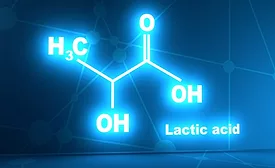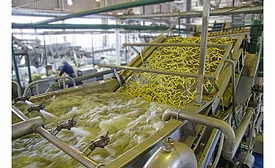Articles by Dr. Elis Owens
FSMA
Why Documentation is Vital to FSMA Compliance
With FDA inspections underway, you’ll want to be sure your plant is following rules and regulations.
May 31, 2018
Never miss the latest news and trends driving the food safety industry
eNewsletter | Website | eMagazine
JOIN TODAY!Copyright ©2025. All Rights Reserved BNP Media.
Design, CMS, Hosting & Web Development :: ePublishing









